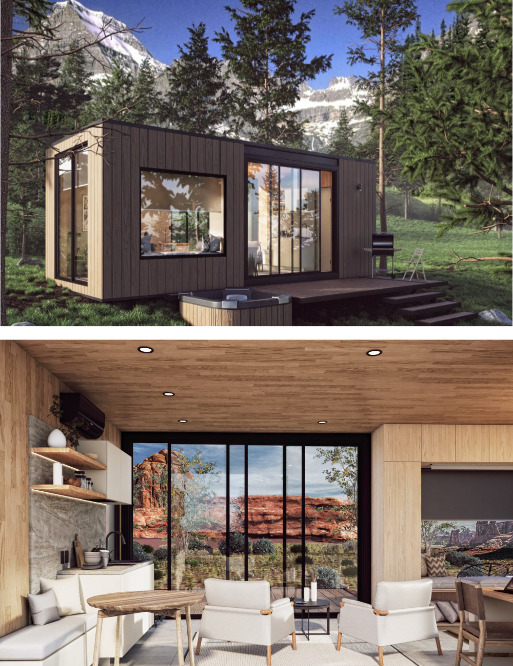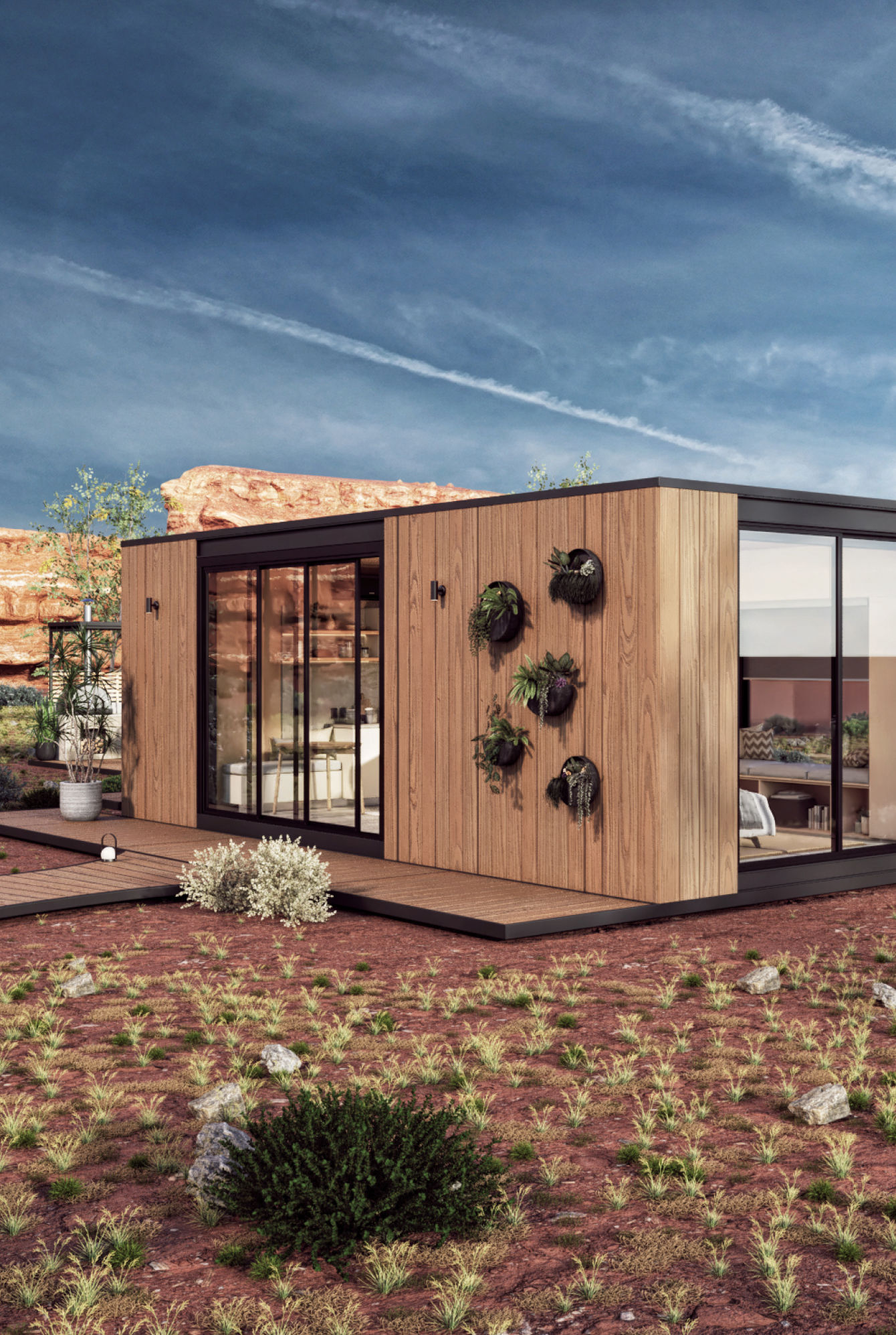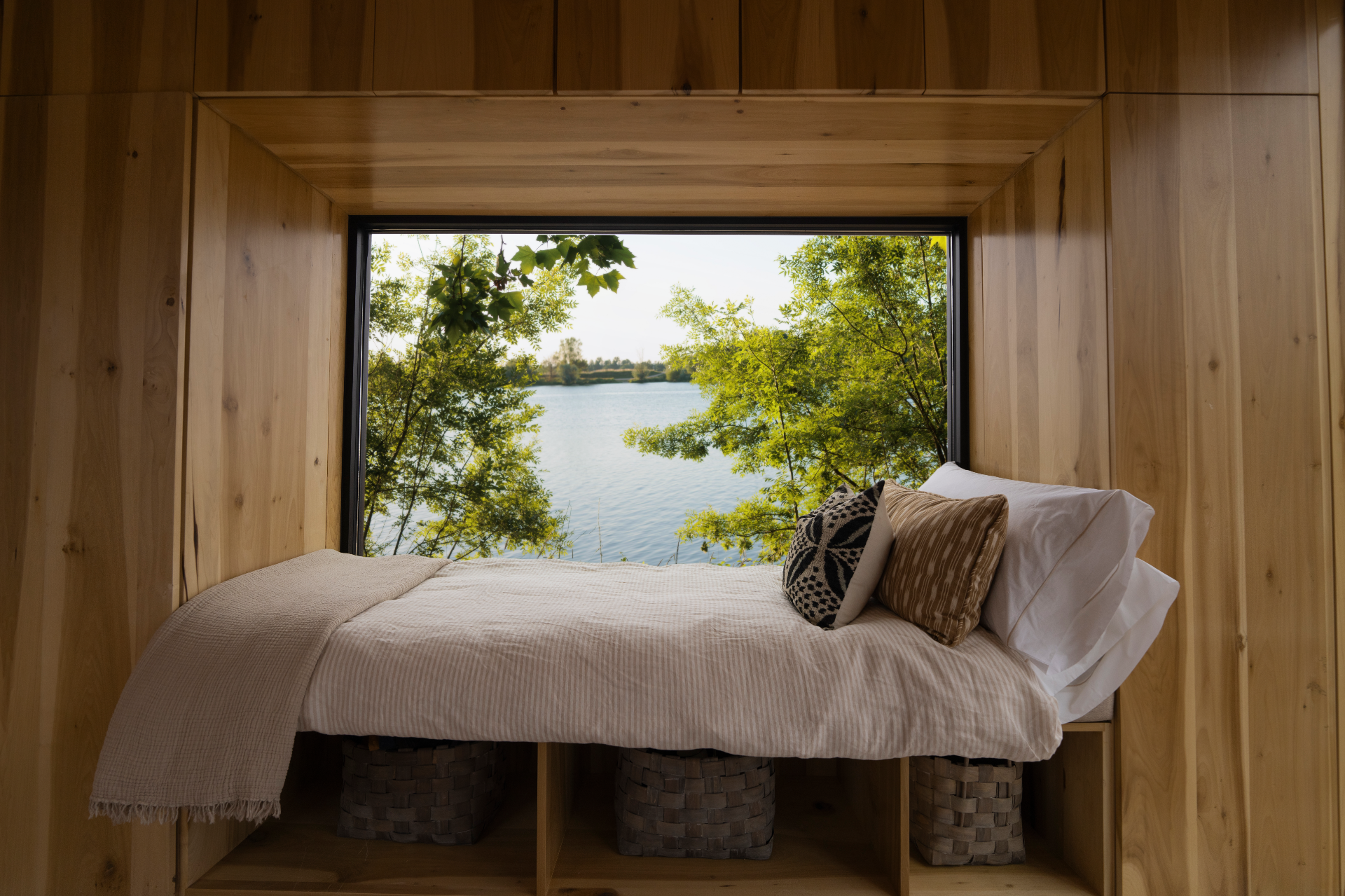Outdoor Hospitality Spaces Support Mental Health
Jacque • January 24, 2025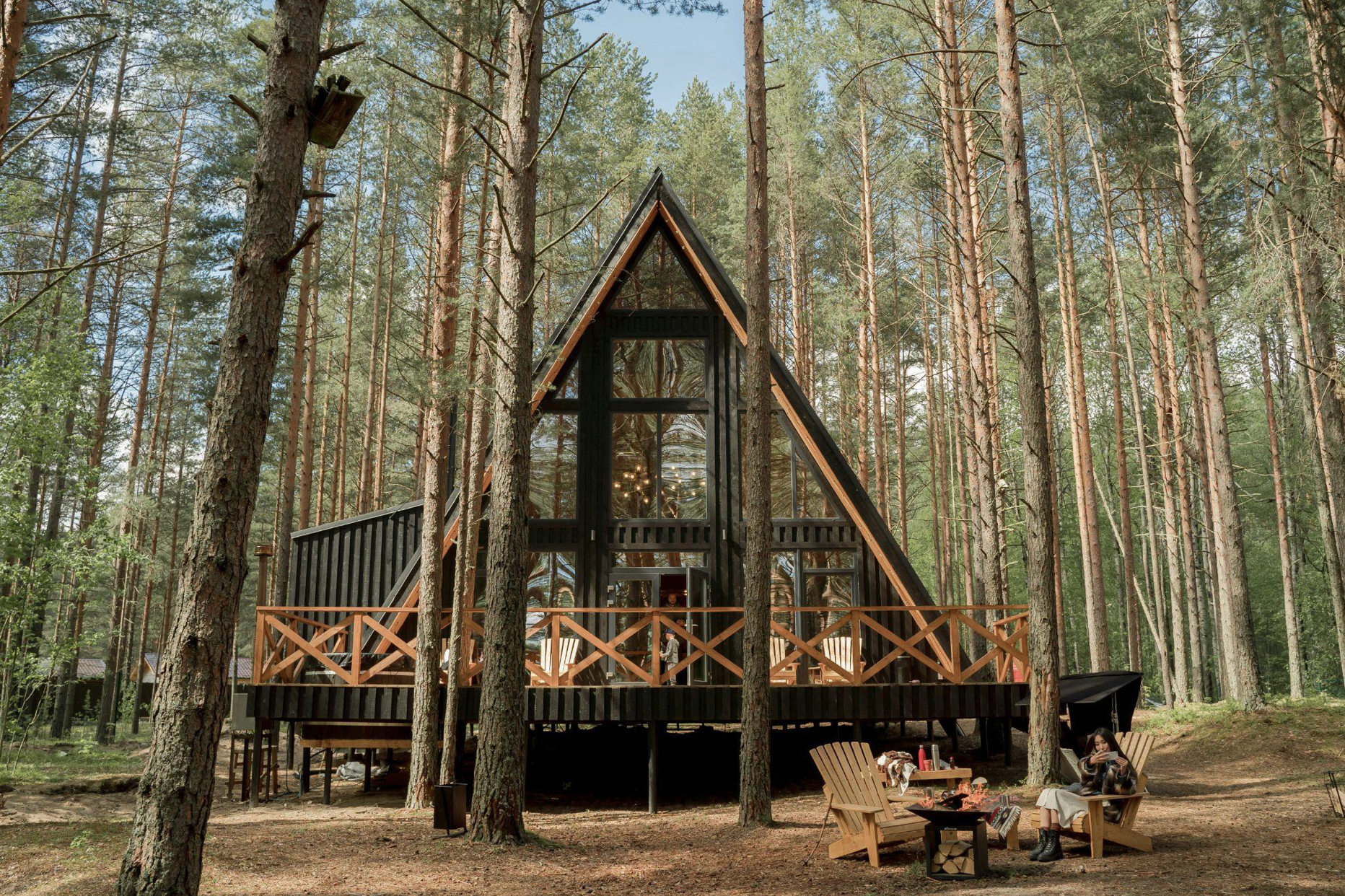
In an increasingly fast-paced and digital world, people are searching for ways to disconnect, recharge, and find peace. Outdoor hospitality spaces—whether luxurious glamping sites, open-air lodges, or nature-focused retreats—offer more than just a place to stay. Through intentional design, these spaces are transforming into sanctuaries of calm, fostering relaxation, mental restoration, and emotional well-being.
The Power of Nature and Space
Nature has long been associated with healing. Research consistently shows that time spent outdoors can lower stress levels, reduce symptoms of anxiety and depression, and improve overall mental health. However, it’s not just being outside that matters—it’s how outdoor spaces are intentionally designed to create a sense of calm.
When outdoor accommodations are thoughtfully planned, they encourage guests to:
- Disconnect from stressors like noise, traffic, and screens.
- Engage with nature through sight, sound, and touch.
- Relax deeply in spaces that feel both open and protected.
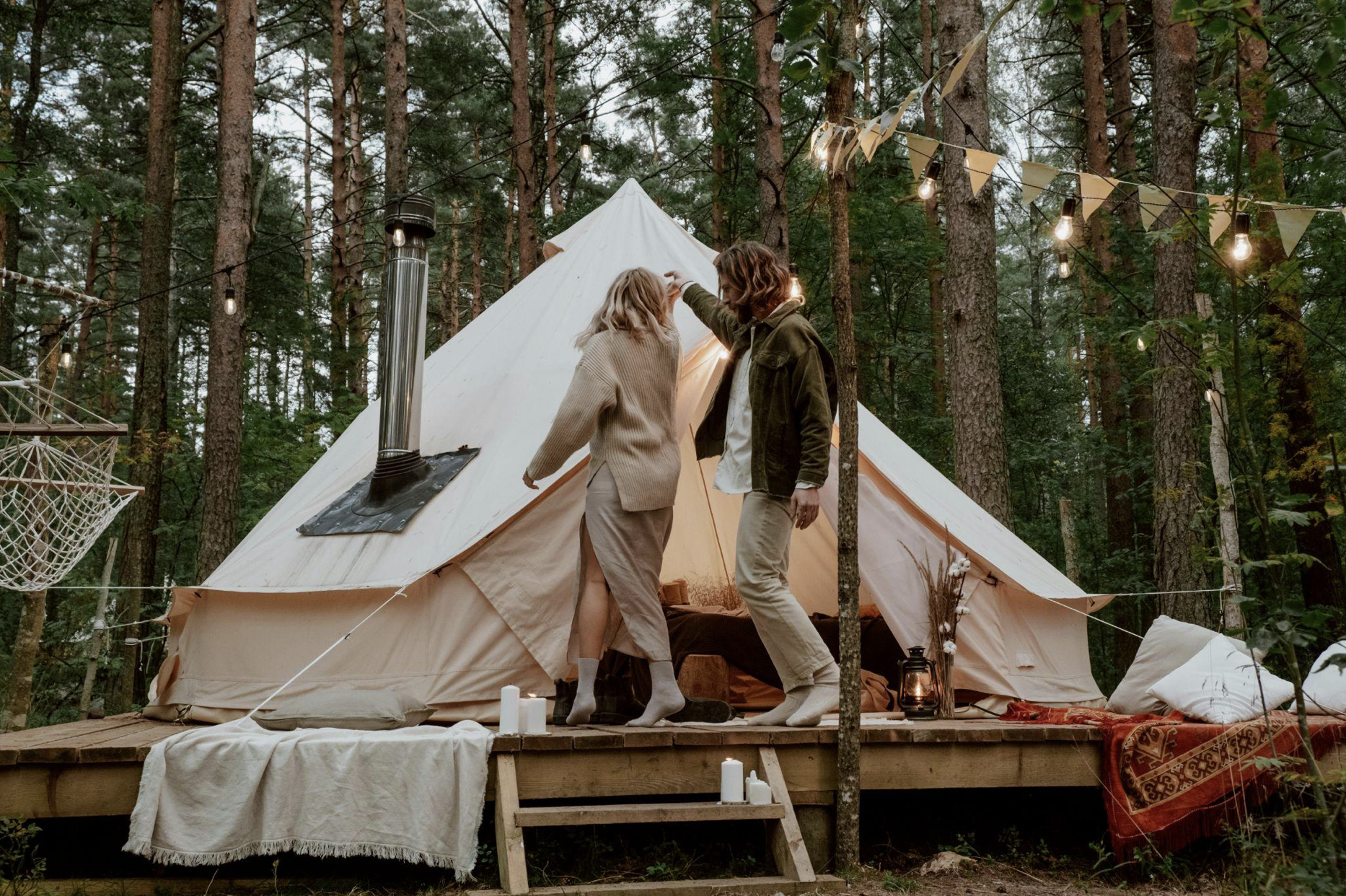
Key Insight: According to a 2021 study, even short-term exposure to natural, well-designed environments can improve mood, boost creativity, and foster mental clarity.
Intentional Design for Relaxation
1: Integration with Nature
Thoughtful outdoor hospitality design combines elements of architecture, landscaping, and sensory engagement to evoke calm and balance. Here are the design principles that support mental health:
Blurring the boundaries between indoor comfort and outdoor immersion is key. Large windows, open terraces, and minimalistic cabins are often nestled within forests, overlooking mountains, or by tranquil lakes. These spaces invite nature in while keeping guests grounded and protected.
Why It Works: Views of natural landscapes activate the parasympathetic nervous system, which helps slow the heart rate and promote relaxation.
2: Minimalism and Uncluttered Spaces
Clutter-free environments reduce mental overload. Outdoor accommodations with minimal furniture, neutral colors, and open spaces create a sense of clarity and peace. Guests are encouraged to focus on the simplicity of their surroundings.
Practical Touch: Think minimalist seating around a firepit, clean wooden structures, and cozy but understated furnishings.
3: Sensory Engagement
The most relaxing spaces engage all the senses. The design incorporates:
Sounds: The gentle flow of water, rustling leaves, or crackling campfires.
Textures: Natural materials like wood, stone, and textiles provide a grounding, tactile experience.
Smells: Fresh air, wildflowers, or the aroma of wood-burning fires.
These sensory elements immerse guests in their environment, helping them stay present and mindful.
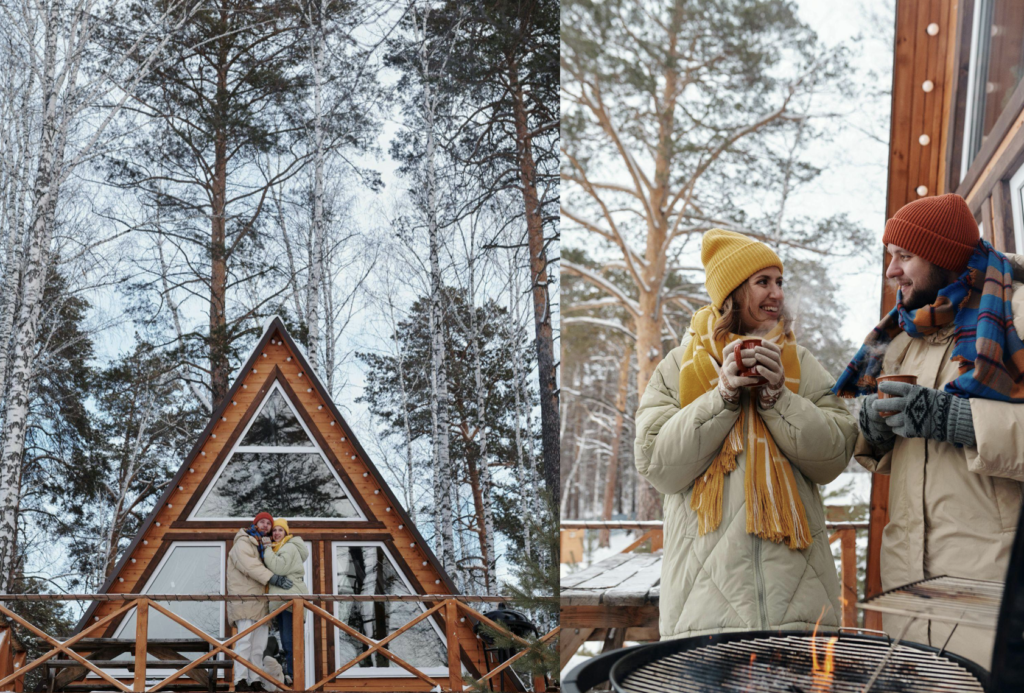
Outdoor Spaces as Mindful Retreats
The design of outdoor hospitality spaces naturally lends itself to mindfulness practices, which are proven to support mental health. Activities such as meditative walks, outdoor yoga, and stargazing are seamlessly integrated into the setting. Quiet corners with hammocks, reading nooks, or garden paths invite guests to pause, breathe, and reflect.
Practical Example: A shaded seating area overlooking a meadow can serve as both a place for casual conversation and a personal retreat for reflection or journaling.
Supporting Mental Restoration Through Connection
While solitude can be calming, outdoor hospitality spaces are also ideal for fostering meaningful connections. Community fire pits, group dining under the stars, or shared wellness activities like guided hikes or meditation circles help guests feel a sense of belonging. This balance of solitude and connection supports emotional well-being.
Research Insight: Spending time in nature with others increases oxytocin levels, which promotes feelings of trust and happiness.
The Role of Sustainability in Promoting Calm
Sustainable design plays a vital role in fostering mental restoration. Accommodations built with eco-friendly materials, energy-efficient systems, and nature-preserving practices create a deeper sense of harmony with the environment. Guests are more likely to feel at ease knowing their stay leaves a minimal footprint on the natural surroundings.
Examples of Sustainable Design:
- Solar-powered lighting to preserve the night sky.
- Structures made from reclaimed wood or other natural materials.
- Landscaping that integrates local plants to encourage biodiversity.
Sustainability not only enhances the beauty of outdoor spaces but also aligns with guests’ desire for ethical, responsible travel.
Conclusion: A Path to Peace
Designing outdoor hospitality spaces with intention transforms them into more than just vacation spots—they become places of healing and renewal. Through mindful integration with nature, sensory engagement, and minimalist design, these spaces give people the gift of calm.
In a world that rarely slows down, well-designed outdoor accommodations offer a gentle reminder: step outside, breathe deeply, and let nature work its magic.
